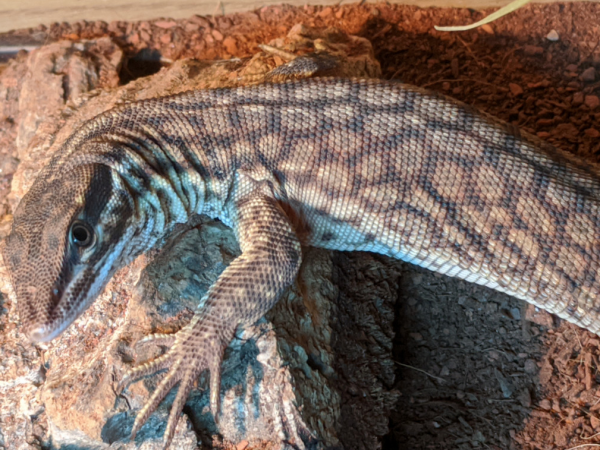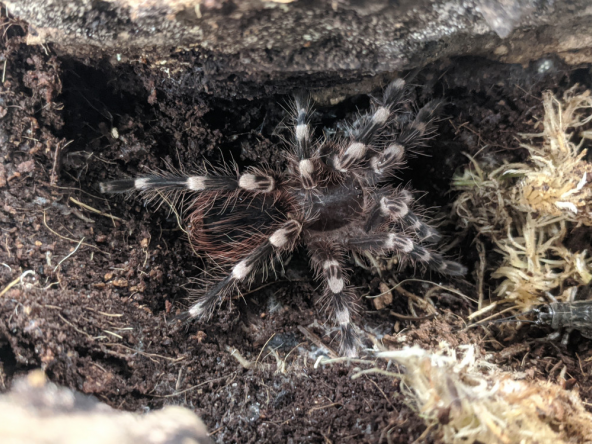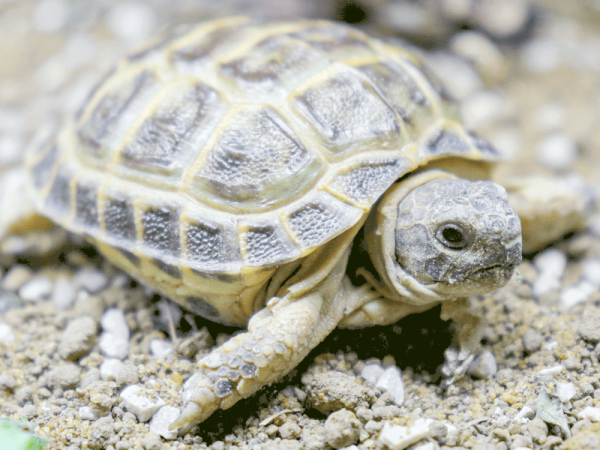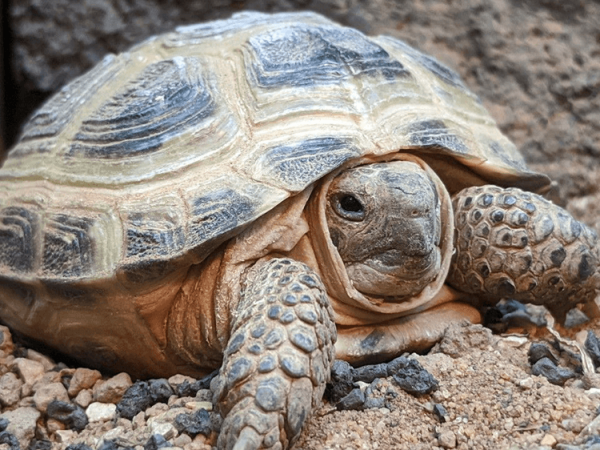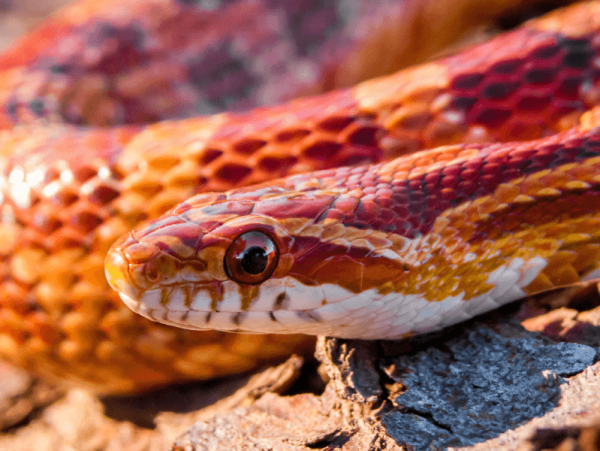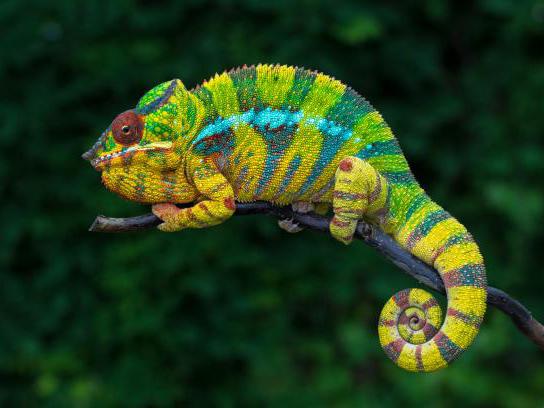Optional extras
Ackie monitor, Varanus acanthurus, care sheet
Categories: Care sheetsLizards
Ackie Monitors, also known as Spiny-tailed Monitors, originate from the arid, woodland and scrub habitats of Australia. They are a relatively large lizard and highly intelligent so can take a lot to keep in terms of space and enrichment, but do make a great pet for someone who has the time to spend and facilities to house. Being diurnal, and very inquisitive, you are likely to see them out and about during the day, engaging with every aspect of their environment and seeking a new challenge. These monitors can tame down with time but may prove a handful when it comes to keeping still!
Housing
Ackie Monitors can be a big commitment in every aspect. Their large size means a minimum of a 6 x 2 x 2’ enclosure is recommended, and vivarium decor such as branches, logs, rocks and foliage should be used and changed around every now and then. Monitors also have the ability to learn and be trained, and have a 20 year lifespan to boot.
Heating and lighting
Your Ackie Monitor will require a basking temperature exceeding most commonly kept reptiles. The hottest area should be between 45-50C, requiring a good quality heating system such as a basking bulb or ceramic fixture. Not all thermostats will reach such a high temperature so it’s important that you check this before purchase - Microclimates Evo Lite is a good example.
The cooler end of the enclosure can be between 25-30C and all temperatures can be reduced at night to 25C - which will provide a night time drop naturally experienced in the wild habitat. Temperatures should always be measured using an accurate digital thermometer. It is also essential to provide good quality UVB to enable the monitor to absorb and utilise key nutrients, like Arcadia’s 12-14% T5 unit (the strength of the bulb would depend on the height of the enclosure). Any UV bulb used will also have a lifespan between 6 - 12 months (this will depend of brand), after which the UV will fade and no longer be benefiting the animal, so it is vital to change them. UV bulbs will be used in a 12 hour cycle, being switched off as the temperature drops into the night period.
Humidity
Ackie Monitors require a moderate amount of humidity in their environment. With such high temperatures, this can be a struggle, but regular spraying should be sufficient to keep it within the desired range of 50-65%. Humidity can be measured with an accurate digital hygrometer. Spraying will also ensure that the substrate doesn't become too loose to dig and burrow in, an important behaviour for the Ackie Monitor.
A semi-arid environment is still required however, so substrates that are sand-based or sand mixes are best such as Lucky Reptiles Desert Bedding or ProReps Bio Life Desert or similar. A water dish should also be provided towards the cooler end of the vivarium, ensuring sufficient opportunity for hydration and bathing. This will need to be kept clean with a reptile safe disinfectant.
Diet
Ackie Monitors are a carnivorous species and would naturally have a varied diet. In captivity, they can be fed a variety of live food such as crickets, locust, cockroaches, worms, snails and beetle grubs, as well as the occasional frozen mammals or even eggs! These are great protein boosts but shouldn't be overfed, to keep your monitor in weight. Any food provided will need supplementing with good quality calcium, multivitamins and D3. When dusted in a suitable routine, these will ensure the monitor gets all the required nutrition to stay healthy.
Species profile
- Scientific name - Varanus acanthurus
- Adult Expected Size - 2ft (60 cm)
- Habitat - Arid, woodland and scrub habitats in Australia. Terrestrial living
- Required Enclosure Size - 6 x 2 x 2ft minimum
- UV Lighting - 4 - 6 UVI (T5 12% - enclosure height dependent)
- Expected Lifespan - 15-20 years
- Temperature Gradient - 25 - 50C
- Humidity Levels - 50 - 65%
- Feeding - Carnivores - Mainly live food such as crickets, locust, cockroaches, worms, snails and beetle grubs, as well as the occasional frozen mammal or even eggs
- Handling - Can be tamed down, but may prove a handful when it comes to keeping still!
Jeremy Gay is an author, lifelong fishkeeper, and exotic pet specialist. He's a former editor of Practical Fishkeeping Magazine, UK editor at Reefbuilders, a former pet store manager, and has collected wildlife in Sri Lanka and the Amazon. He's been on tv and radio, contributed to Koi Carp and Gardeners World magazines, been a product tester, a judge, and a product developer.




